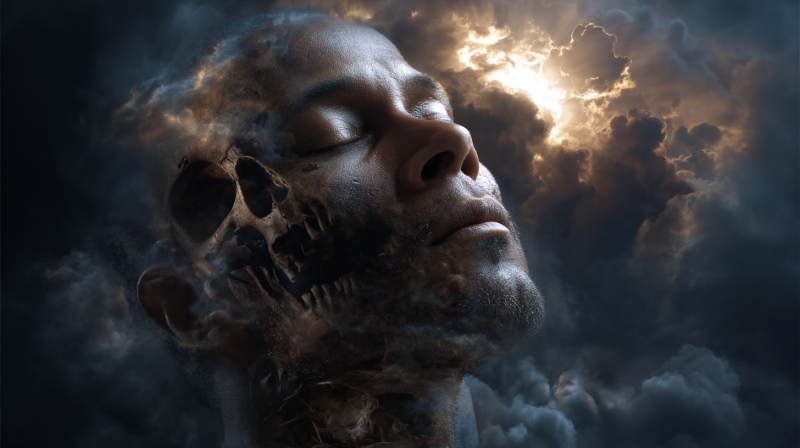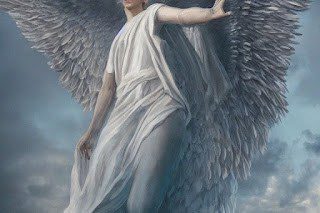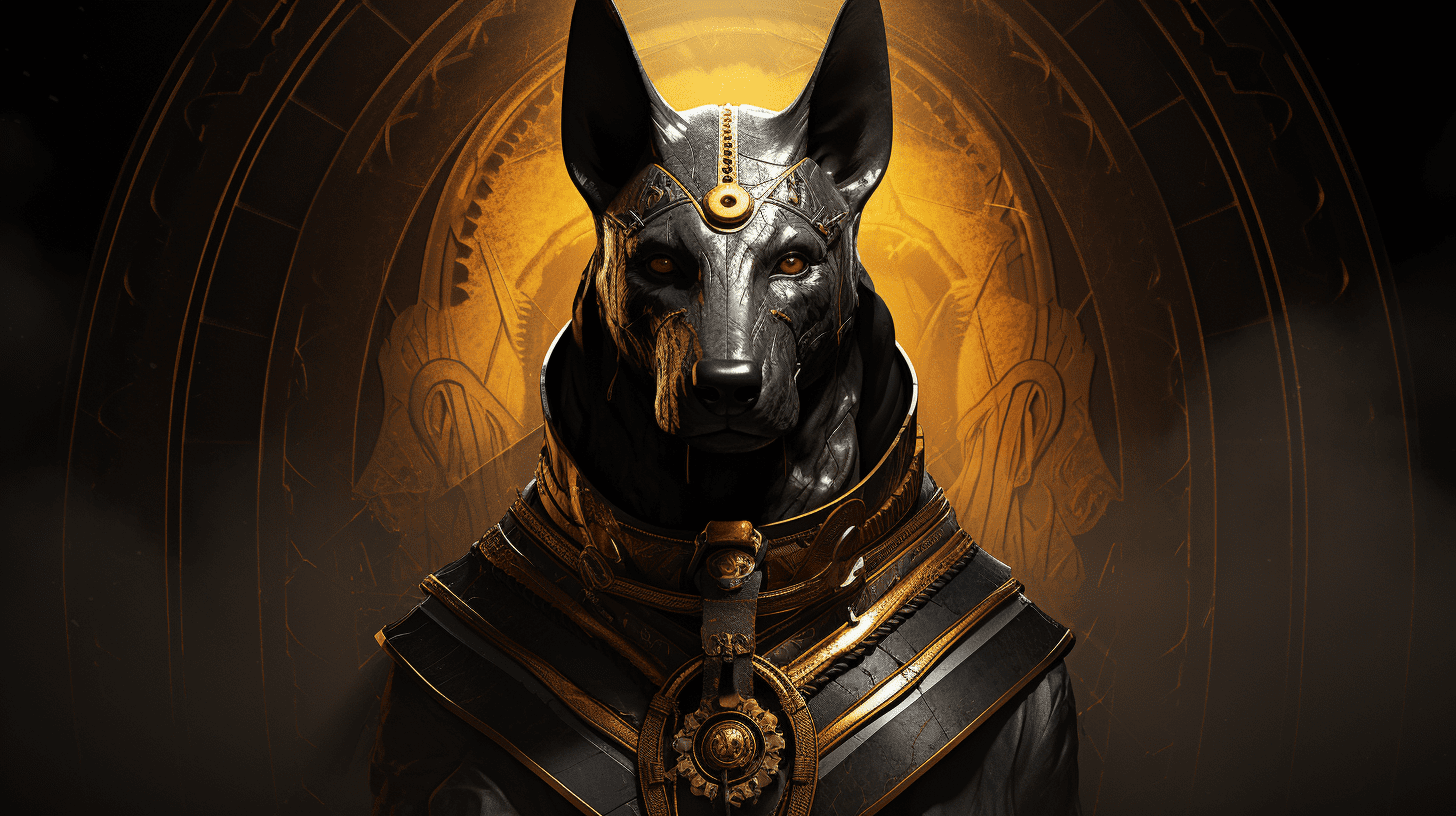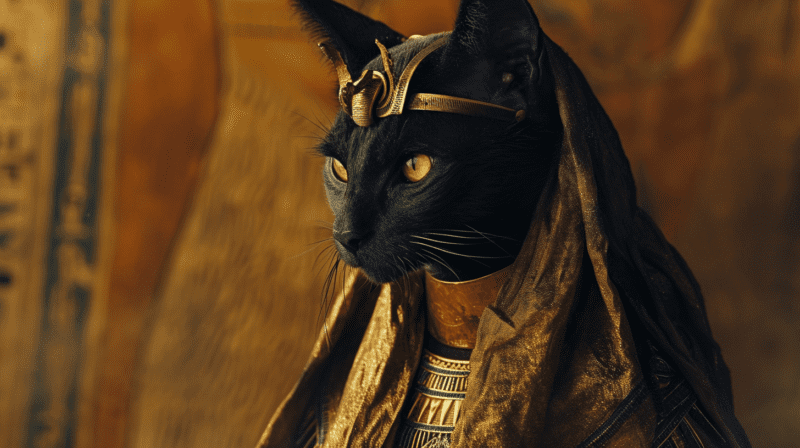The God of Creation
Lord Brahma is one of the most important deities in Hinduism and is the god of creation. According to Hindu mythology, Brahma is responsible for creating the universe, including all living things and the natural world. He is often depicted as having four heads and four arms and is typically shown holding a lotus flower, which symbolizes the unfolding of the universe. In Hinduism, Brahma is considered one of the three main gods, along with Vishnu (the sustainer) and Shiva (the destroyer). His consort is Saraswati, the goddess of knowledge and creativity.
Lord Brahma plays an important role in Hinduism, as he symbolizes the cycle of life and death. Hindus believe that he will continue to create new life forms even after all other gods have perished or retired from their duties.
Brahma does not hold a weapon in his hands, in contrast to all the other Hindu gods. He carries a water pitcher, a spoon, a rosary, a book of prayers, or the Vedas, and perhaps a lotus. He rides a white swan while sitting in the lotus position and has the miraculous capacity to extract milk from a solution of water and milk. Brahma is frequently pictured as having four heads that each recite the four Vedas and sporting a long, white beard.
Brahma is recognized as the father of dharma since he is the creator of the Vedas, the oldest and holiest of all Hindu scriptures. He is not to be confused with Brahman, which is a broad name for the Almighty God or Supreme Being. Despite being a member of the Trinity, Brahma’s prominence pales in comparison to that of Vishnu and Shiva. Scriptures are where you’ll see Brahma most often, not in people’s houses or temples. In actuality, Brahma-specific temples are uncommon. In Rajasthan’s Pushkar, there is one such temple.
The Puranas claim that Brahma is the son of God and is frequently referred to as Prajapati. According to the Shatapatha Brahman, Brahma is the offspring of the Supreme Being, Brahman, and Maya, a female essence. Brahman initially made the water in which he planted his seed before deciding to construct the universe. This seed changed into a golden egg, and Brahma sprang from it. Brahma is sometimes referred to as “Hiranyagarbha” because of this. Another myth claims that Brahma produced himself from a lotus blossom that emerged from Vishnu’s navel.
Brahma gave birth to the seven great sages known as the “Saptarishi” and the 11 forebears of the human race known as the “Prajapatis” in order to assist him in building the universe. The “Manasputras” are Brahma’s offspring, or mind-sons, who emerged from his thought rather than his body.
The universe known as “Brahmaloka,” which is ruled by Brahma, contains all the wonders of the earth and all other worlds. According to Hindu cosmology, the universe only lasts for one day, known as the “Brahmakalpa.” The universe will disintegrate at the conclusion of this day, which is equal to four billion years on Earth. This process, known as “pralaya,” repeats for 100 years, which corresponds to Brahma’s lifetime. It takes another 100 of Brahma’s years to pass after his “death” before he is reborn and the universe is created from scratch.
According to the Linga Purana, which outlines the precise computations of the many cycles, Brahma’s existence is divided into a thousand cycles, or “Maha Yugas.”





